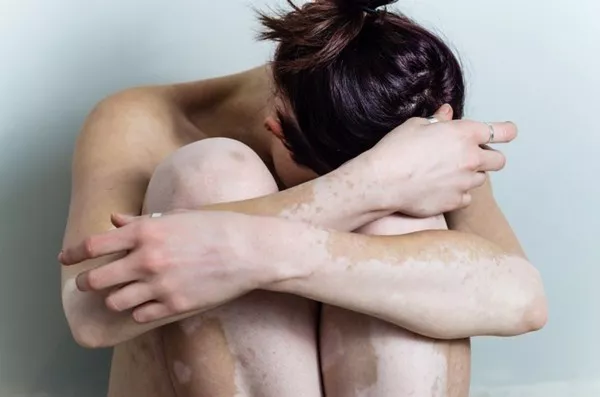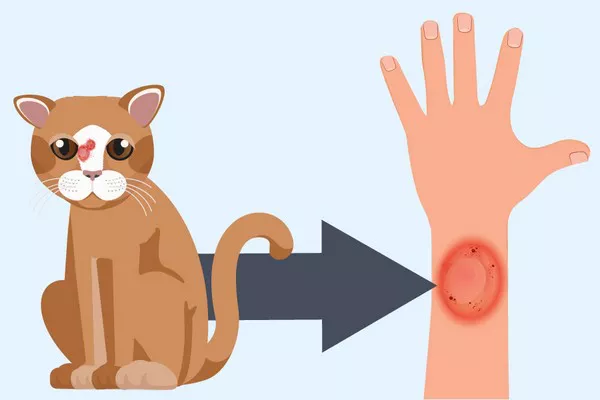Vitiligo is a skin condition characterized by the loss of pigment, resulting in white patches on the skin. While the physical manifestations of vitiligo are evident, there is a misconception regarding whether it causes pain. This article aims to debunk common myths surrounding the pain associated with vitiligo and provide a comprehensive understanding of pain perception in individuals with this condition.
Understanding Vitiligo: A Brief Overview
Before delving into the discussion of pain perception, it’s crucial to understand what vitiligo is and how it affects the body. Vitiligo occurs when melanocytes, the cells responsible for producing skin pigment, are destroyed or unable to function properly. As a result, the affected areas lose their color, leading to the characteristic white patches.
Vitiligo can occur on any part of the body, including the face, hands, arms, feet, and even inside the mouth. The severity of the condition varies from person to person, with some experiencing small, localized patches, while others may have extensive areas of depigmentation.
Dispelling the Myth: Does Vitiligo Cause Pain?
One of the most common misconceptions about vitiligo is that it causes physical pain. However, the truth is that vitiligo itself is not inherently painful. Unlike conditions such as psoriasis or eczema, which can be accompanied by itching, burning, or discomfort, vitiligo typically does not cause any physical sensations in the affected areas.
Individuals with vitiligo may experience emotional distress or psychological discomfort due to the visible changes in their appearance. However, this is distinct from physical pain and is more closely related to the societal stigma and self-esteem issues often associated with skin conditions.
Exploring Pain Perception in Vitiligo Patients
While vitiligo itself does not cause pain, individuals with the condition may still experience discomfort due to various factors:
1. Psychological Distress: The emotional impact of living with a visible skin condition can take a toll on mental well-being. Feelings of self-consciousness, embarrassment, or depression may arise, leading to psychological distress. It’s essential for individuals with vitiligo to seek support from healthcare professionals or support groups to address these concerns.
2. Sun Sensitivity: Melanin, the pigment responsible for skin color, also provides some protection against the sun’s harmful UV rays. In areas of depigmented skin, this natural protection is reduced, making individuals with vitiligo more susceptible to sunburns and sun damage. While sun exposure itself may not cause pain, sunburns can be painful and uncomfortable, especially for those with sensitive skin.
3. Secondary Complications: In rare cases, complications associated with vitiligo treatment or other medical conditions may cause pain. For example, some topical treatments or phototherapy methods used to manage vitiligo may cause skin irritation or sensitivity. Additionally, individuals with autoimmune disorders, which are sometimes associated with vitiligo, may experience joint pain or other symptoms unrelated to the skin condition itself.
Managing Discomfort and Improving Quality of Life
While vitiligo does not cause physical pain, it’s essential for individuals with the condition to take steps to manage any associated discomfort and improve their overall quality of life:
1. Sun Protection: Practicing sun safety measures, such as wearing sunscreen, protective clothing, and seeking shade, can help prevent sunburns and minimize sun-related discomfort. Additionally, avoiding prolonged sun exposure during peak hours can reduce the risk of skin damage.
2. Emotional Support: Seeking support from friends, family members, or mental health professionals can help individuals cope with the emotional challenges of living with vitiligo. Joining support groups or online communities can also provide a sense of camaraderie and understanding among peers facing similar struggles.
3. Medical Treatment: While there is currently no cure for vitiligo, various medical treatments are available to manage the condition and improve skin pigmentation. These include topical corticosteroids, phototherapy, and surgical procedures such as skin grafting or melanocyte transplantation. Consulting with a dermatologist can help individuals explore their treatment options and develop a personalized care plan.
4. Self-Care Practices: Engaging in self-care activities, such as practicing relaxation techniques, pursuing hobbies, or participating in activities that boost self-confidence, can help individuals maintain a positive outlook and enhance their overall well-being.
Conclusion
In conclusion, vitiligo itself does not cause physical pain. However, individuals with the condition may experience discomfort due to psychological distress, sun sensitivity, or secondary complications. By debunking common myths surrounding pain perception in vitiligo patients and understanding the factors that contribute to discomfort, we can work towards improving support and resources for those living with this condition. Through a combination of medical treatment, sun protection, emotional support, and self-care practices, individuals with vitiligo can enhance their quality of life and embrace their unique beauty.


























